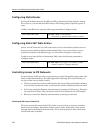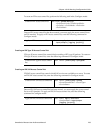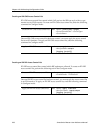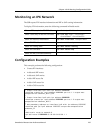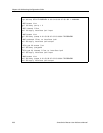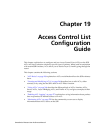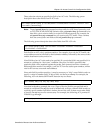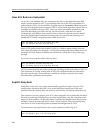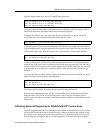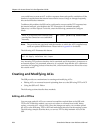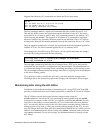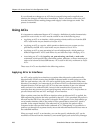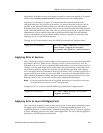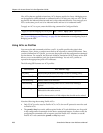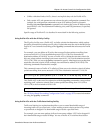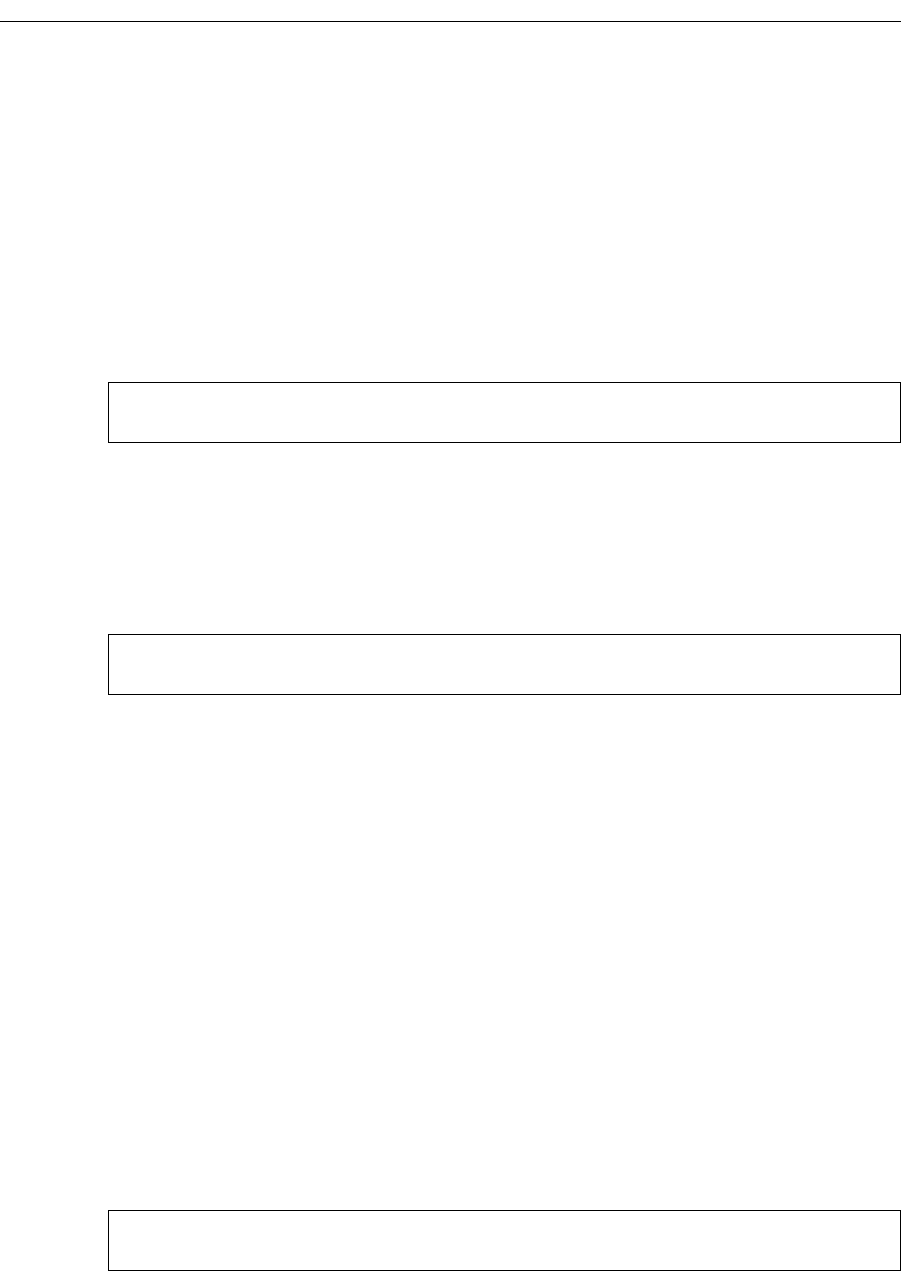
Chapter 19: Access Control List Configuration Guide
262 SmartSwitch Router User Reference Manual
How ACL Rules are Evaluated
For an ACL with multiple rules, the ordering of the rules is important. When the SSR
checks a packet against an ACL, it goes through each rule in the ACL sequentially. If a
packet matches a rule, it is forwarded or dropped based on the permit or deny keyword in
the rule. All subsequent rules are ignored. That is, a first-match algorithm is used. There is
no hidden or implied ordering of ACL rules, nor is there precedence attached to each
field. The SSR simply goes down the list, one rule at a time, until there is a match.
Consequently, rules that are more specific (that is, with more selection criteria) should
always be listed ahead of rules that are less specific. For example, the following ACL
permits all TCP traffic except those from subnet 10.2.0.0/16:
When a TCP packet comes from subnet 10.2.0.0/16, it finds a match with the first rule.
This causes the packet to be dropped. A TCP packet coming from other subnets does not
match the first rule. Instead, it matches the second rule, which allows the packet to go
through.
If you were to reverse the order of the two rules:
all TCP packets would be allowed to go through, including traffic from subnet 10.2.0.0/16.
This is because TCP traffic coming from 10.2.0.0/16 would match the first rule and be
allowed to go through. The second rule would not be looked at since the first match
determines the action taken on the packet.
Implicit Deny Rule
At the end of each ACL, the system automatically appends an implicit deny rule. This
implicit deny rule denies all traffic. For a packet that doesn’t match any of the user-
specified rules, the implicit deny rule acts as a catch-all rule. All packets match this rule.
This is done for security reasons. If an ACL is misconfigured, and a packet that should be
allowed to go through is blocked because of the implicit deny rule, the worst that could
happen is inconvenience. On the other hand, if a packet that should not be allowed to go
through is instead sent through, there is now a security breach. Thus, the implicit deny
rule serves as a line of defense against accidental misconfiguration of ACLs.
To illustrate how the implicit deny rule is used, consider the following ACL:
acl 101 deny tcp 10.2.0.0/16 any any any
acl 101 permit tcp any any any any
acl 101 permit tcp any any any any
acl 101 deny tcp 10.2.0.0/16 any any any
acl 101 permit ip 1.2.3.4/24
acl 101 permit ip 4.3.2.1/24 any nntp



